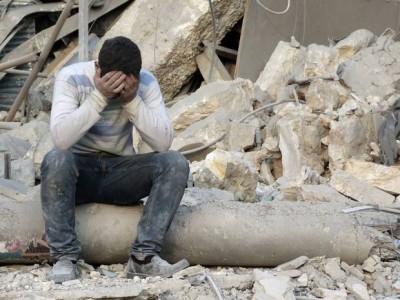
More than four years into Syria’s war, the country is ever more divided into a patchwork of areas controlled by the government or armed groups including Islamist insurgents, Kurdish militia, the ultra-hardline Islamic State, and rebels who profess a more moderate vision for Syria.
The array of combatants with competing agendas is one of the factors complicating diplomatic efforts to end a war has killed more than 220,000 and driven half of Syria’s population from their homes. Following are the main combatants in the war:
ISLAMIC STATE
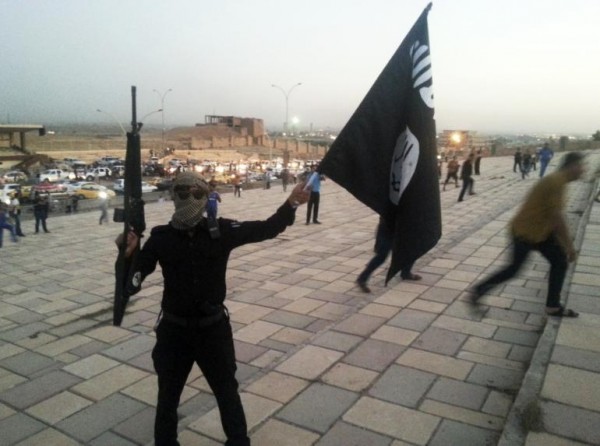 The group is made up of many thousands of fighters. Leader Abu Bakr al-Baghdadi declared a caliphate a year ago in Syria and Iraq. It split from al Qaeda’s Syria wing in 2013 and established a de facto capital in Syria’s Raqqa city.
The group is made up of many thousands of fighters. Leader Abu Bakr al-Baghdadi declared a caliphate a year ago in Syria and Iraq. It split from al Qaeda’s Syria wing in 2013 and established a de facto capital in Syria’s Raqqa city.
Recent estimates says it controls around half of Syrian territory, mainly in less populated areas in the east, as well as in parts of central Syria and in the north. It has a small presence just outside Damascus in the west of the country.
Thousands of foreign fighters, including Westerners, have joined. Most of the land it holds in Syria was captured from other insurgent groups. Its more recent offensives have targeted government-held territory, such as the central city of Palmyra.
It is the target of a U.S.-led bombing campaign that started last August in Iraq, and in Syria in September.
NUSRA FRONT
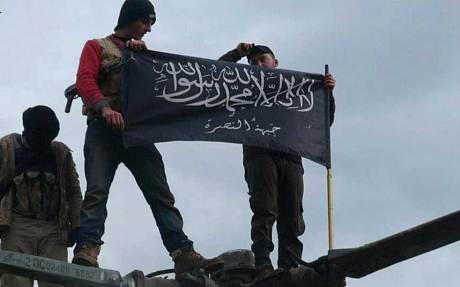
Al Qaeda’s official Syrian arm is perhaps the second most powerful armed group in Syria. It is part of a recently formed rebel alliance called “The Army of Fatah”, or Islamic conquest, that has driven Assad from nearly all of Idlib in northwestern Syria since late March. It also has a presence in the south.
It is estimated to have many thousands of fighters and its Syrian leader Abu Mohamad al-Golani has said around 30 percent are foreign. Golani fought with Islamic State in Iraq and was sent by Baghdadi to establish the group in Syria. As Nusra grew, he refused to bow to Baghdadi’s leadership and the groups have fought each other. The United States has struck some Nusra targets. The U.S. military says it has been bombing jihadists it calls the “Khorasan Group”.
THE SOUTHERN FRONT – FREE SYRIAN ARMY
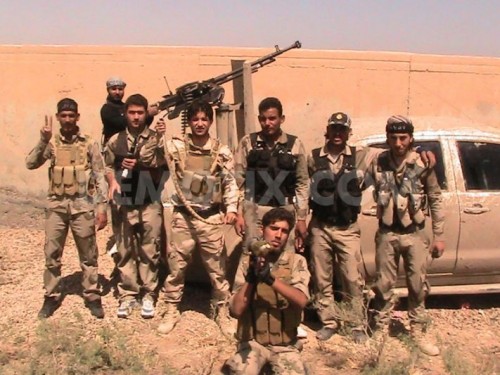
While Islamists have eclipsed more secular-minded Syrians in much of the country, the south is a stronghold for an alliance still fighting under the banner of the “Free Syrian Army” that emerged in the early days of the conflict.
The Southern Front groups profess a vision for Syria that would guarantee the rights of its minorities including President Bashar al-Assad’s Alawite sect, Christians, and others who see the jihadists as as an existential threat.
The groups have made gains against Assad in southern Syria since late March such as the capture of a border crossing with Jordan and an army base. The Southern Front is run by an operations room in Jordan. Members have received some military support from states opposed to Assad, including Saudi Arabia.
The “Free Syrian Army” was founded by defected army officers early in the uprising. Many insurgent groups described themselves as part of the FSA, but do not fight as part of one command structure. Various rebel brigades are also fighting in the north, especially in and around the major city of Aleppo.
AHRAR AL-SHAM
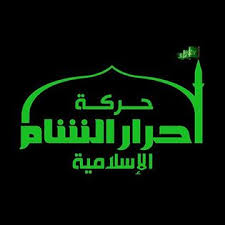
A Salafist group believed to have received support from Gulf backers and which is an important component of the Army of Fatah in the northwest. It is a major rebel force despite its senior leadership being wiped out in an attack last September.
The attack in Idlib province killed at least 28 of its commanders. One of its slain leaders, Abu Khaled al-Soury, had fought alongside al Qaeda founder Osama bin Laden and was close to its current chief Ayman al-Zawahiri. Ahrar al-Sham has a strong presence in the northwest, and has recently appeared more prominently in the south.
ISLAM ARMY

An Islamist group formed by a merger of rebel factions in 2013 and mainly based in the eastern Ghouta area near Damascus.
Leader Zahran Alloush is one of the most prominent figures of the insurgency. In an interview with McClatchy published in May, he claimed to have 10,000 fighters in the Damascus suburbs and another 7,000 elsewhere in Syria.
He backed away from previous hardline rhetoric, calling Alawites “part of the Syrian people” and saying Syrians would be free to choose “the form of the state they want” after Assad.
THE KURDISH YPG
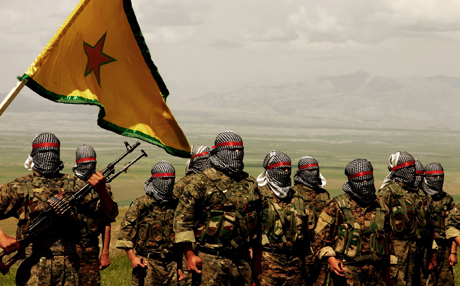
An organized force which has fought Islamic State across northern Syria with the stated aim of defending three autonomous zones established since the start of the uprising.
The YPG has emerged as the only notable partner to date for the U.S.-led alliance against Islamic State. It is effectively the armed wing of the PYD, a Syrian Kurdish party affiliated to the PKK – the Kurdistan Workers’ Party. The PKK is listed as a terrorist organization by Washington and the European Union.
The Kurdish administration expanded into areas where the Syrian state was forced to retreat. The Kurds and the government have largely left each other to their own devices, but tensions have flared in recent months. The YPG’s influence has alarmed Turkey, which is worried about Kurdish separatist sentiment among its own population.
THE SYRIAN MILITARY
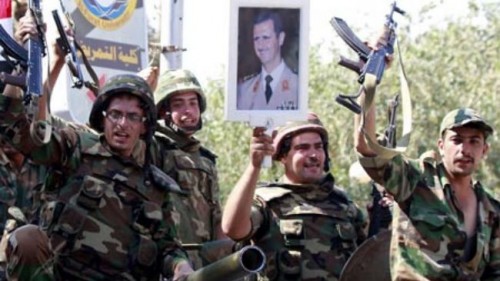 The armed forces numbered around 300,000 personnel before the war and shrunk by some 50 percent through desertions, defections and deaths, analysts and diplomats estimate.
The armed forces numbered around 300,000 personnel before the war and shrunk by some 50 percent through desertions, defections and deaths, analysts and diplomats estimate.
Recent rebel advances have in part been attributed to a manpower problem facing the army. The active fighting force is estimated to number in the low tens of thousands.
Many who remain are thought to be serving well beyond their usual conscription period. To defend key areas, the military has adapted, relying on units seen as the most loyal to Assad.
The army has launched several major campaigns to encourage recruitment and will substantially boost pay for frontline soldiers from July. Despite the challenges, the military still enjoys a major advantage over other groups due to its air force.
SYRIAN PRO-GOVERNMENT MILITIA
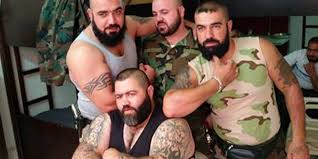
The government mobilized local militias to fight alongside regular army forces. Most of these fall under the umbrella of the National Defence Force (NDF).
The NDF is believed to number tens of thousands of fighters and is said to be seen by Damascus as more reliable than some sections of the regular army. The NDF, along with other local and foreign militia, has proven crucial to Assad’s survival.
HEZBOLLAH
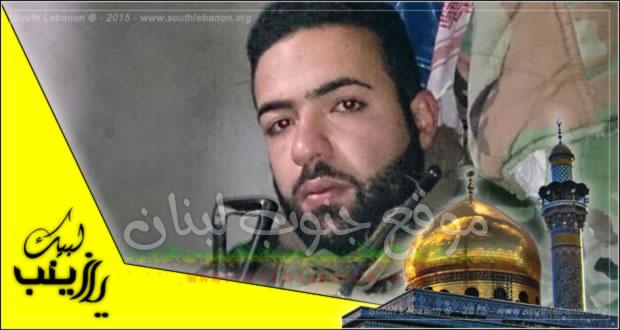
The Lebanese Shi’ite group is heavily involved in the war. Thousands of its members are believed to have fought over the border. Deputy Foreign Minister Faisal Mekdad described Hezbollah as “our principal ally” in a recent Reuters interview.
The Iranian-backed group is carrying out a major operation against insurgents in the Qalamoun mountain area north of Damascus which runs alongside the Lebanese frontier.
Leader Sayyed Hassan Nasrallah said in May the group was willing to increase its presence in Syria. Observers doubt whether it will expand significantly.
IRANIANS
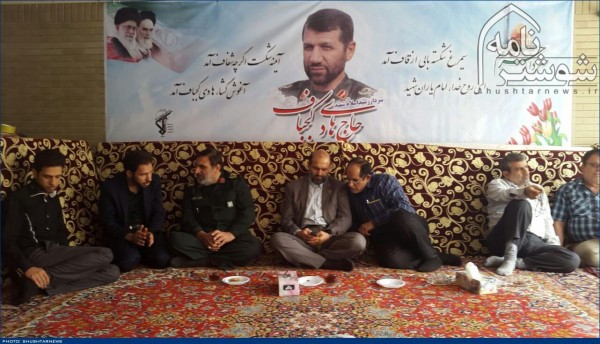
Iran is believed to have sent dozens of military advisers and President Hassan Rouhani has said Tehran will back Assad “until the end of the road”.
Several senior Iranian military figures have been killed in recent months. Dozens of lower ranking Iranian fighters have also been killed, according to Iranian media reports. A recent article published by the Islamic Republic News Agency estimated that some 400 fighters had been killed in clashes around the Seyeda Zeinab shrine south of Damascus. Tehran backs Hezbollah fighters who are deployed more widely than ever in Syria.
AFGHANI SHI’ITE FIGHTERS
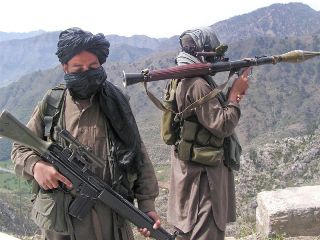
Shi’ite Afghani militiamen have also fought on the government’s side under Iranian command. Rebels say numerous Afghani fighters were among those killed in an offensive by the government and its allies earlier this year.
IRNA reported in June that five members of the so-called Fatemiyoun Brigade had been killed in Syria while defending a Shi’ite shrine near Damascus and fighting Islamic State.
IRAQI SHI’ITE FIGHTERS

Several thousand Shi’ite Iraqi militiamen were mobilized to fight on the government’s side but many of them returned to Iraq with the expansion of Islamic State requiring their redeployment back home.
REUTERS
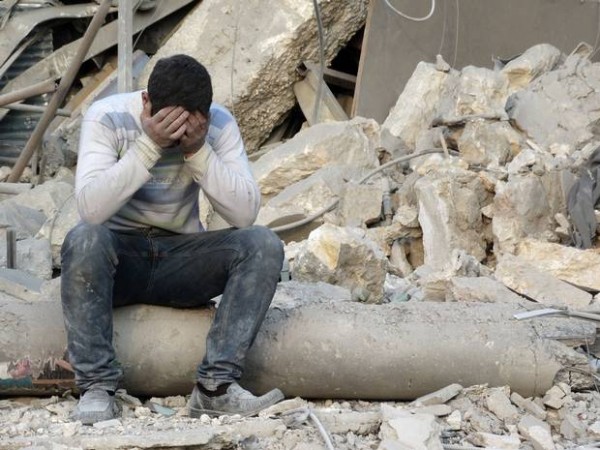
Leave a Reply
You must be logged in to post a comment.